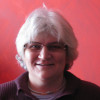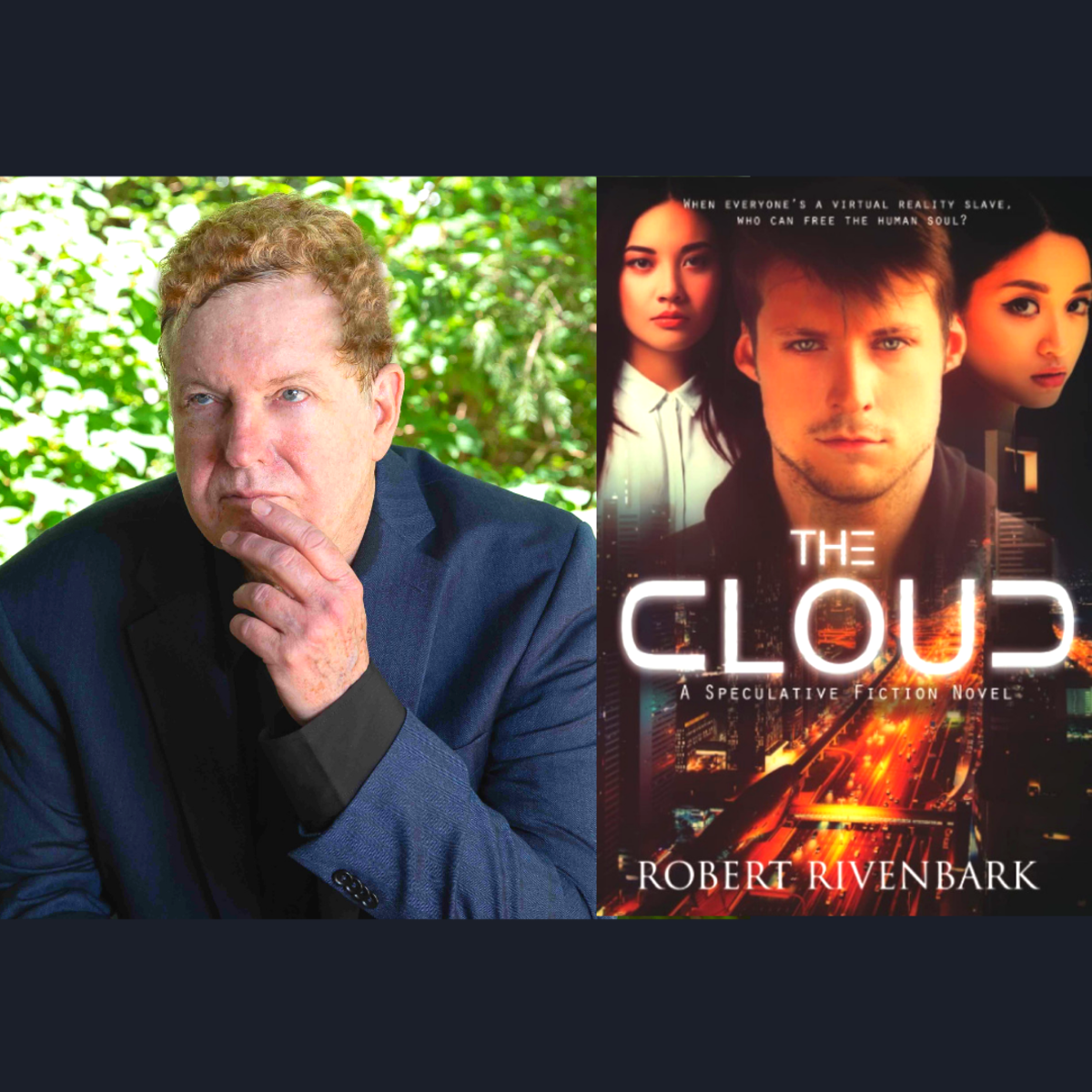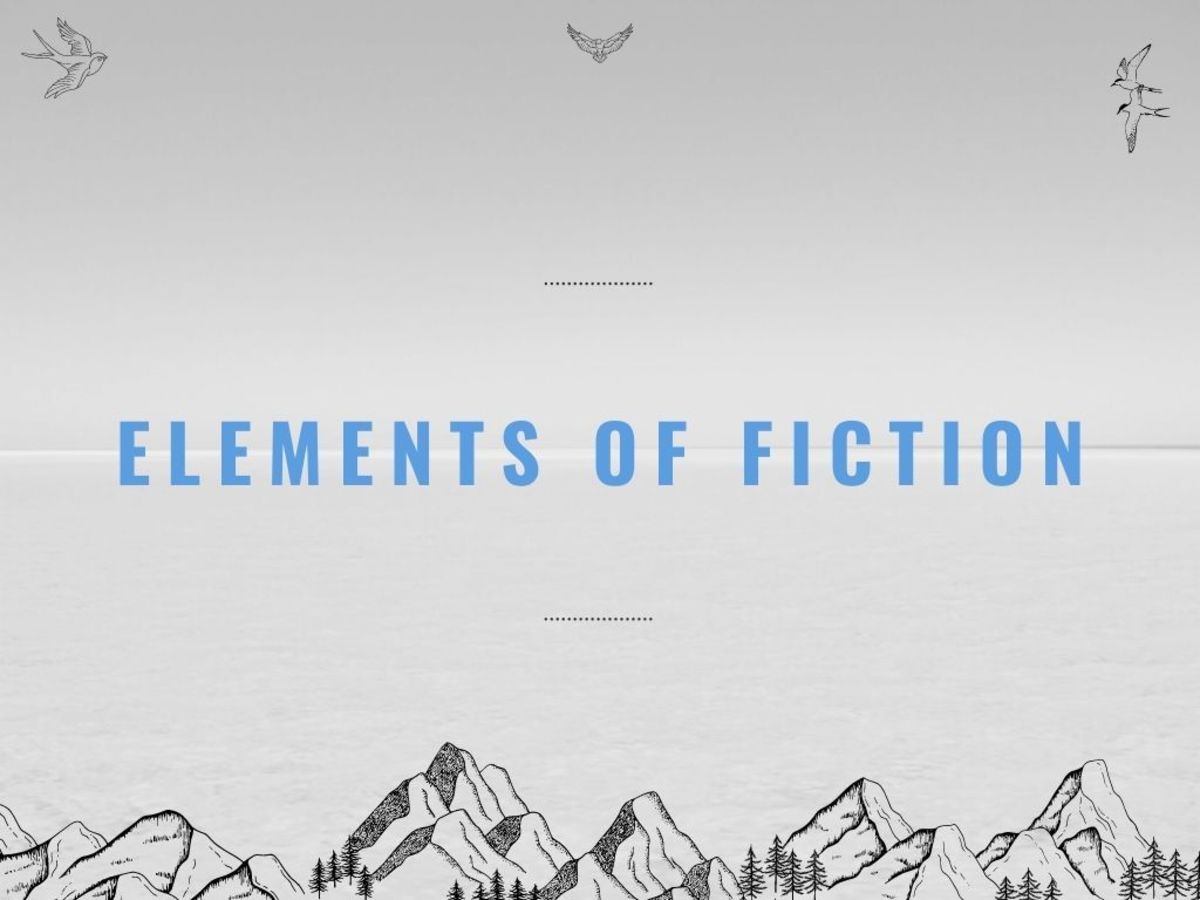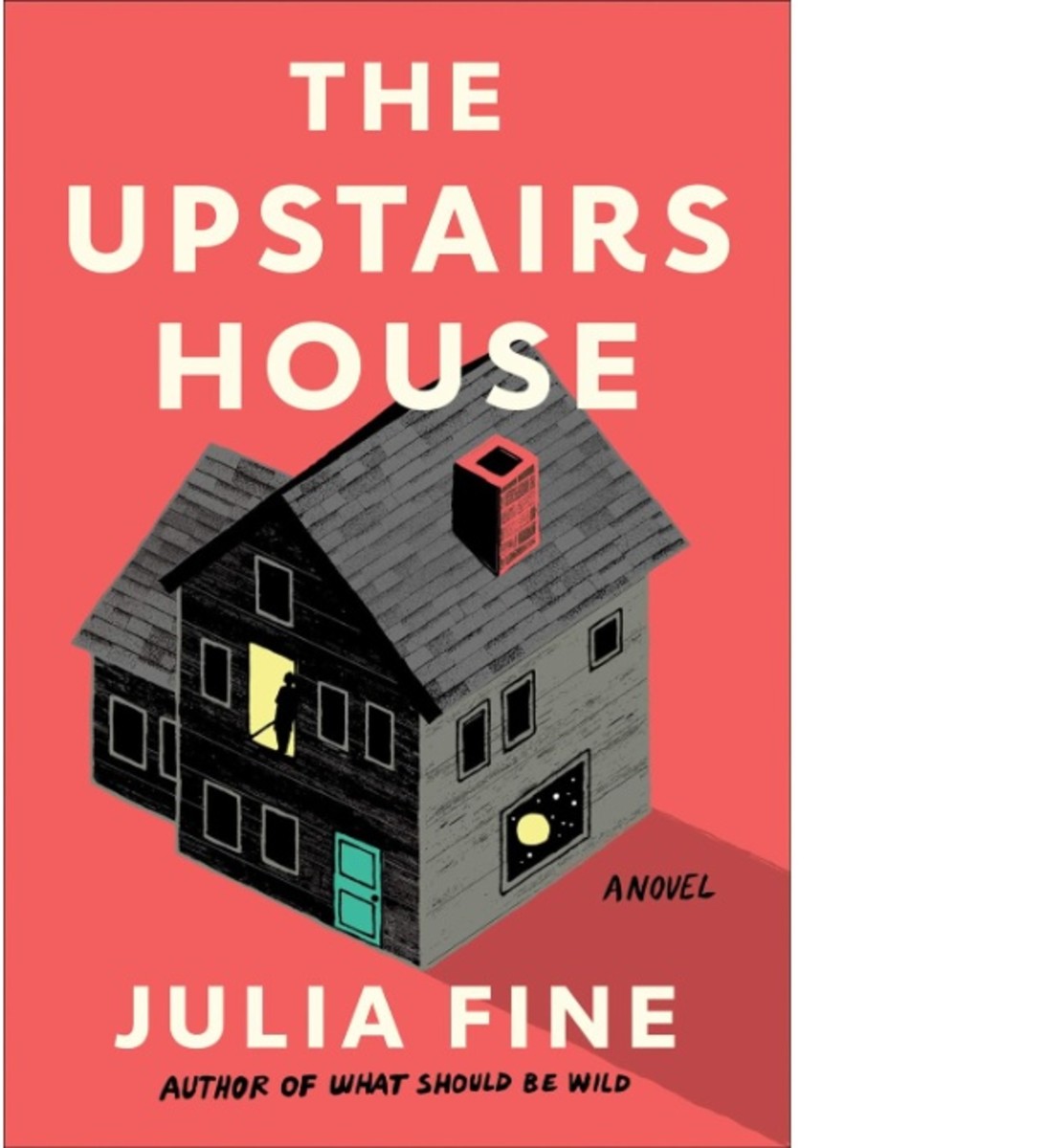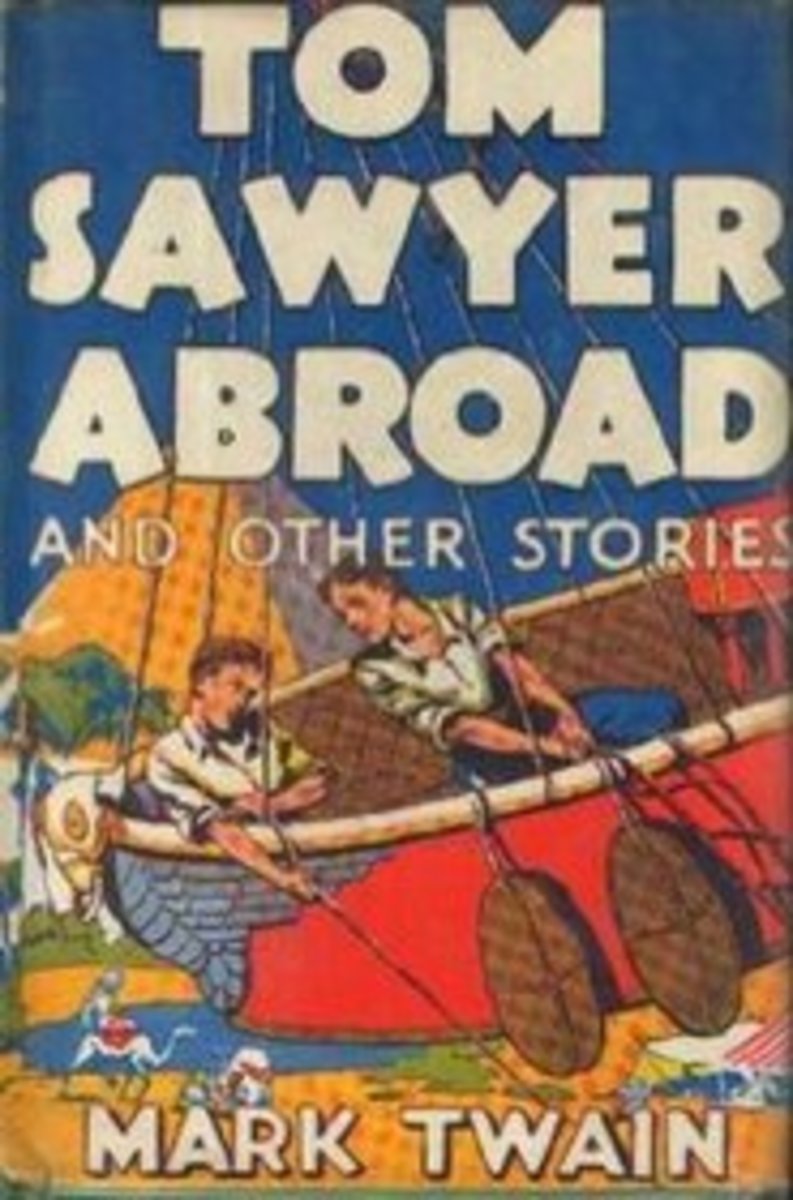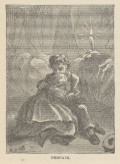Interview: Smoky Zeidel, fiction writer
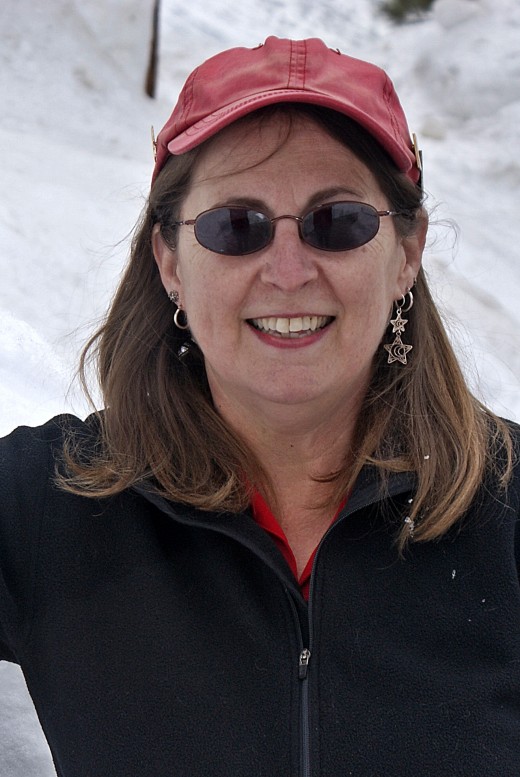
Meet Smoky Zeidel
Smoky Zeidel is the author of two novels, On the Choptank Shores—A Love Story, and The Cabin. Her Short Story Collection, Vol 1 contains five short stories, including the Pushcart Prize-nominated "Leap," and "In a Flash," the story of her surviving being struck by lightning.
Recently, Zeidel's two writing books have been combined into one volume in Smoky’s Writer’s Workshop Combo Set. She is the author of Observations of an Earth Mage,a photo/essay collection of reflections on nature.
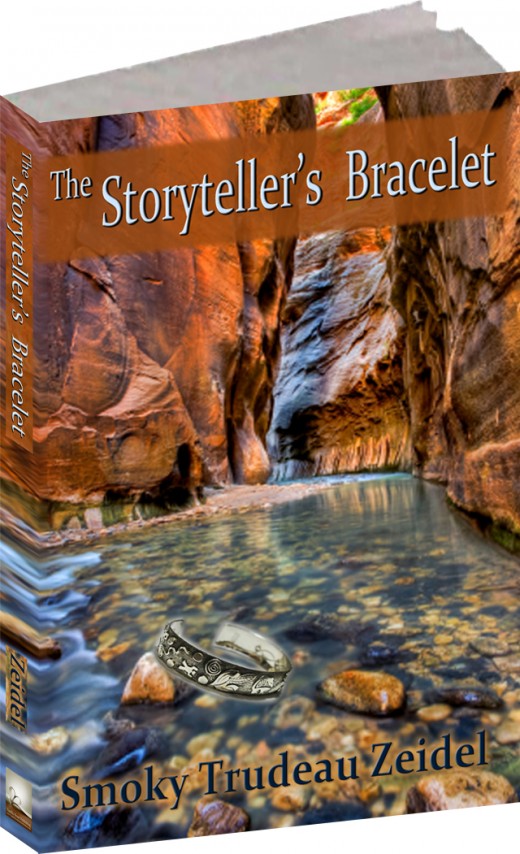
The Interview
SB: What has been your most invigorating experience as a novelist? Who were the key players in bringing this experience about?
SZ: Without a doubt, it would be my participation in the 2012 Whittier College Book Faire alongside such esteemed authors as David Ulin from the Los Angeles Times and Lisa See, author of Snow Flower and the Secret Fan, Shanghai Girls, and other fine books. So often, authors who publish with small presses get snubbed because they don’t have Big 6 publishers. But at Whittier, every author was treated like a celebrity. Attendees seemed truly interested in the talk I gave, and a lot of people crowded around my book signing table in order to talk to me and get me to sign books for them. They wanted to hear about my Work in Progress, and when it would be available. And it wasn’t just the readers attending the conference who were wonderful. My signing table was right next to Lisa See’s, and we got to chat quite a bit. She’s a lovely woman who seemed as interested in me as I was in her. I am very grateful to the volunteers at Whittier College who put together this annual event and asked me to be a speaker. It was the best book fair I ever attended.
SB: If you had to sum up your style of writing in 10 words, how would you do so?
SZ: Historical romantic fiction with a touch of magic and reverence for nature. That’s 12 words, I guess. This is why I’m a writer, not a mathematician. And, of course, that just describes my novels. I’ve written several nonfiction books as well.
SB: What are some of the differences in your approach to writing a short story vs. a book length novel? How do you decide which format is most suitable for the material you have in mind? Is there more to it than simply, "well, that's all the words I have for this story"?
SZ: That’s a good question. To some extent, it is a matter of how many words a story requires, and that is dependent on the number of characters and subplots the story requires. A short story is one plot, no subplots, and normally has fewer characters than a novel. Subplots aren’t necessary to tell a short story in its entirety. But a novel requires twists and turns and different threads that slowly converge upon one another until the writer comes to the “Aha!” moment where those threads tie together.
Find Smoky Zeidel's Work on Amazon
But I think it’s a mistake to think writing a short story is easier just because the story is less complex. Indeed, writing a short story can be much more difficult than writing a novel, because in writing, nothing is more complicated than trying to keep it simple. Telling a compelling story simply is different from telling a simply compelling story, and it’s a subtle difference short story writers often fail to master—consequently, they end up frustrated in their efforts to publish their stories with legitimate venues. I say that because, these days, anyone can publish a short story or novel and throw it up on Amazon. But just because they can doesn’t mean they should. There is some truly awful fiction out there right now, which makes finding the good stuff very difficult.
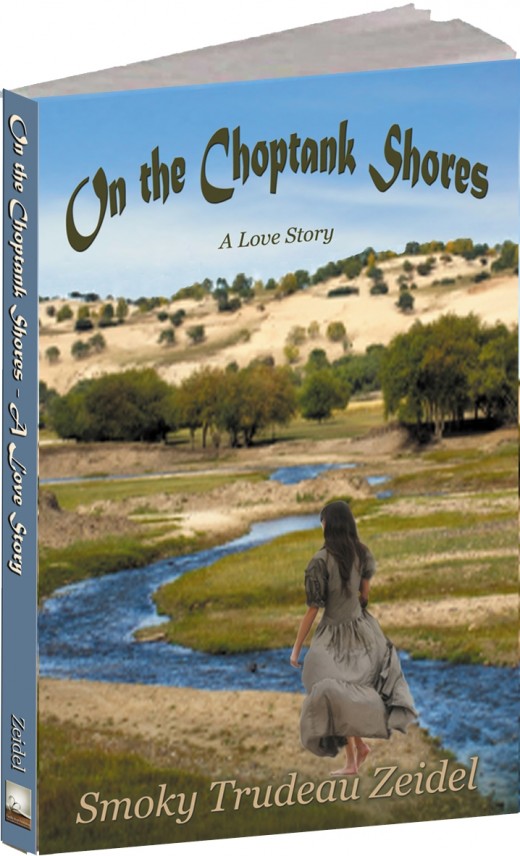
SB: Where do you come up with all of those writing prompts for your workshops? Do you feel most are best used in group/workshop settings, or are they equally effective in a more individual situation?
SZ: I’ve got 55 years of creative imagination stored inside my head; I guess that’s why I don’t find coming up with new writing prompts difficult. The key to a good writing prompt is to make it fun so it seems less threatening. For example, I’ve written a lot of prompts that involve using cartoon or fairy tale characters. How scary can writing a scene be if it involves Mickey Mouse?
My prompts also tend to focus on only one aspect of fiction writing at a time. For example, I’ll give students a prompt that says something like “Write a scene that includes a waterfall, a copy of Vogue magazine, and a single red shoe.” Such a scene would, obviously, focus on setting.
It doesn’t matter if you do these prompts as a class or individually, because every writer is going to develop their own take on the subject matter. When I have a class, though, I do enjoy doing an around-the-room story, where one person writes the first sentence of a story, then the second person continues it, etc. until a complete story is written, including conflict and resolution. I’ve had classes where they’ve come up with some pretty good short stories in an around-the-room!
SB: What is it about California that you find so conducive to the work of writing?
SZ: I am a nature girl; I always have been. I’d rather be barefoot than wear shoes, and I’d rather be hiking in the mountains or desert than shopping on Rodeo Drive. That love of nature is a major part of my writing, not just in my novels, but also in my “Smoky Talks” blog and in my book of nature essays, photos, and poems, Observations of an Earth Mage. My husband and I live in a small cottage in the hills that form the south border of the San Gabriel Valley, along the Puente Hills fault line. I look out the window of my studio and see enormous oak trees and the San Gabriel and San Bernardino mountains in the distance. Our closest neighbors are tiny hummingbirds and enormous red-tailed hawks; coyotes, mule deer, and bobcats roam our neighborhood. When my imagination needs a boost, all I have to do is look out my window. There is always something there to inspire me.
SB: Tell us more about the other art forms you work with. How has your work with other media shaped your writing?
SZ: My visual art also reflects my love of the natural world. Right now, I’m working in driftwood and glass. The piece of wood brings an imagine to mind—a woman dancing, the bank of a river, or a dark storm cloud, for example—and I use the glass to evoke movement in that image. For example, I’m working on a piece called “Sierra Rain” that involved tying hundreds of tiny glass teardrops from nearly invisible threads to a large piece of wood. It’s been a challenge, because keeping the threads from tangling is hard, especially with three cats trying to “help.”
I’m a strong believer that working in art forms other than the primary one is important to any artist, whether they be writers or painters or musicians. Creativity needs to be fed, like an artist’s body needs to be fed, and just like we must eat a variety of foods to stay healthy, our creative nature needs to be fed with a variety of creative tasks to stay healthy. My husband is a musician, a classical guitarist, but he occasionally picks up a pencil and sketches, or writes haiku. My best friend is a fiber artist, but she, too, will occasionally get an urge to write or paint. It doesn’t matter what you do. It doesn’t matter if it’s good or not. Different neurons fire in your brain when you do different things, and the important thing is that you get those different neurons firing! I always find I write better after I’ve taken a few days off to play with my visual art or go on a photography expedition.
SB: You seem to have a real connection with animals. What are some of the ways this shows up in your writing?
SZ: I love animals; I live with three cats and a spunky little Chihuahua, not to mention all the wild creatures that wander through my yard and, sometimes, through my house! I’ve always felt a deep connectedness with black bears in particular. I dream about them, and they give me messages in my dreams. I even have a bear tattooed on my arm. Bears played important thematic and active roles in my novel, The Cabin. In native mythology, bear is often given human attributes like strength and courage, and when bear appears in the book, the characters must draw on that bear-like courage.
In my new book, The Storyteller’s Bracelet, which is set for a summer release, one of the main characters is Otter, who got his name because of attributes he shares with the river otter.
In a less thematic way, I’ve paid tributes to pets who have passed on to the next life in my novels. For example, I used to call my old Chihuahua Chico “little man.” James-Cyrus in The Cabin calls a fussy ground squirrel he encounters “little man.” He also has a horse named Chance. Chance was my old black lab who died just before The Cabin was published.
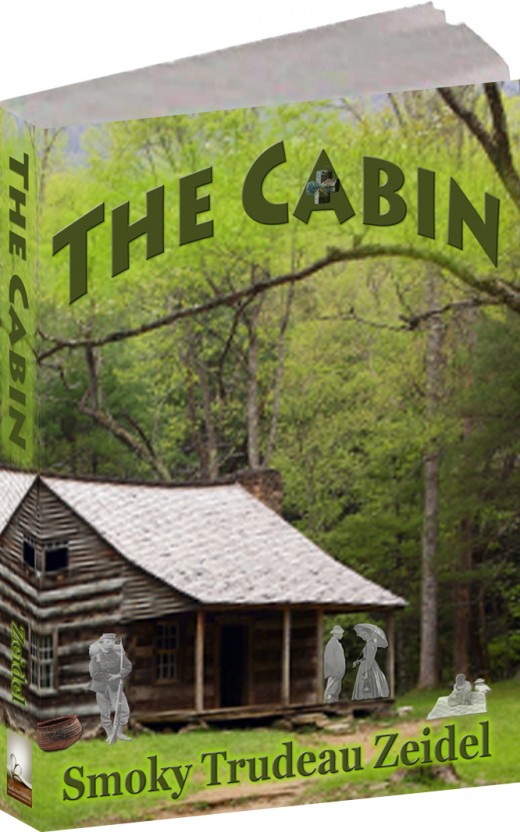
SB: Of each of these pairs, which would be most likely to enjoy a work of fiction by Smoky Zeidel:
astronomer or astrologer?
geographer or geologist?
psychologist or philosopher?
chemist or cartographer?
entomologist or etymologist?
talk show host or spin doctor?
meteorologist or metallurgist?
SZ: Wow, some of these are hard. I’ll say astrologer for the magic in The Cabin and The Storyteller’s Bracelet, geologist because a particular stone plays an important role inThe Cabin, philosopher for the women’s theology so thematic in On the Choptank Shores,cartographer because my stories take place in different regions of the country, etymologist because of our shared love of words, talk show host because I’d love one to choose any of my novels for their summer book club or feature me on their show as a guest; and, finally, meteorologist, because I have a special connection with weather, having been struck by lightning myself.
SB: Can you share with us a little about your experiences when you were struck by lightning? It's obviously had some after-effects for you physically. How has this experience and the subsequent challenges attached to it shaped you as a writer?
SZ: It’s difficult to narrow my experience down to a few sentences or paragraphs, because I was injured so badly and because, in the almost 23 years since it happened, I have continued to suffer consequences from the event. “In a Flash” is one of the short stories in my Short Story Collection, Vol. 1; it is the true accounting of what happened. Reading that is probably the best way to understand what happened to me. I will say this: surprisingly, despite being so critically injured, there were positive things that came out of the experience. I was in graduate school at the time, studying to become a therapist. I would have made a terrible therapist! I get too involved in the lives of people I care about, and a therapist can’t do that. Being physically injured but mentally sound offered me the chance to do what I’d always wanted to do: write. Writing did not involve punching a time clock; I did not have set days and hours I had to work. I could write when I felt well enough and rest when I did not.
SB: Are there any other issues of particular importance to you that you'd hoped I'd ask about?
SZ: Just that I love to hear from readers, and I always answer back when they get in touch with me. You can find my blog, “Smoky Talks”, on my Website at SmokyZeidel.Wordpress.com, as well as more information about my books and my editing services. You can also find me on Facebook. I’m on Twitter at @SmokyZeidel, and if you follow me, I’ll follow you back.
I also am available for book club discussions via Skype. I did that recently with a book group, and it was like I actually was there. I love Skype. If you belong to a book club, I encourage you to check out and read one of my novels and invite me into your discussion.
SB: What should we be watching for next from Smoky Zeidel?
SZ: The Storyteller’s Bracelet, is due to be released this summer; I don’t have a firm date yet. I’m guessing July sometime. After that, I plan on completing my other Work in Progress, a book called The Madame of Bodie. It’s the fictionalized account of a famous prostitute and the tragic life she led in the goldmine town of Bodie, California, which was know as “the baddest town in the West” during its heyday. No magic in this book, just a tragic story of love and inhumanity. It’s quite different from my other novels, and I’m looking forward to finishing it.
